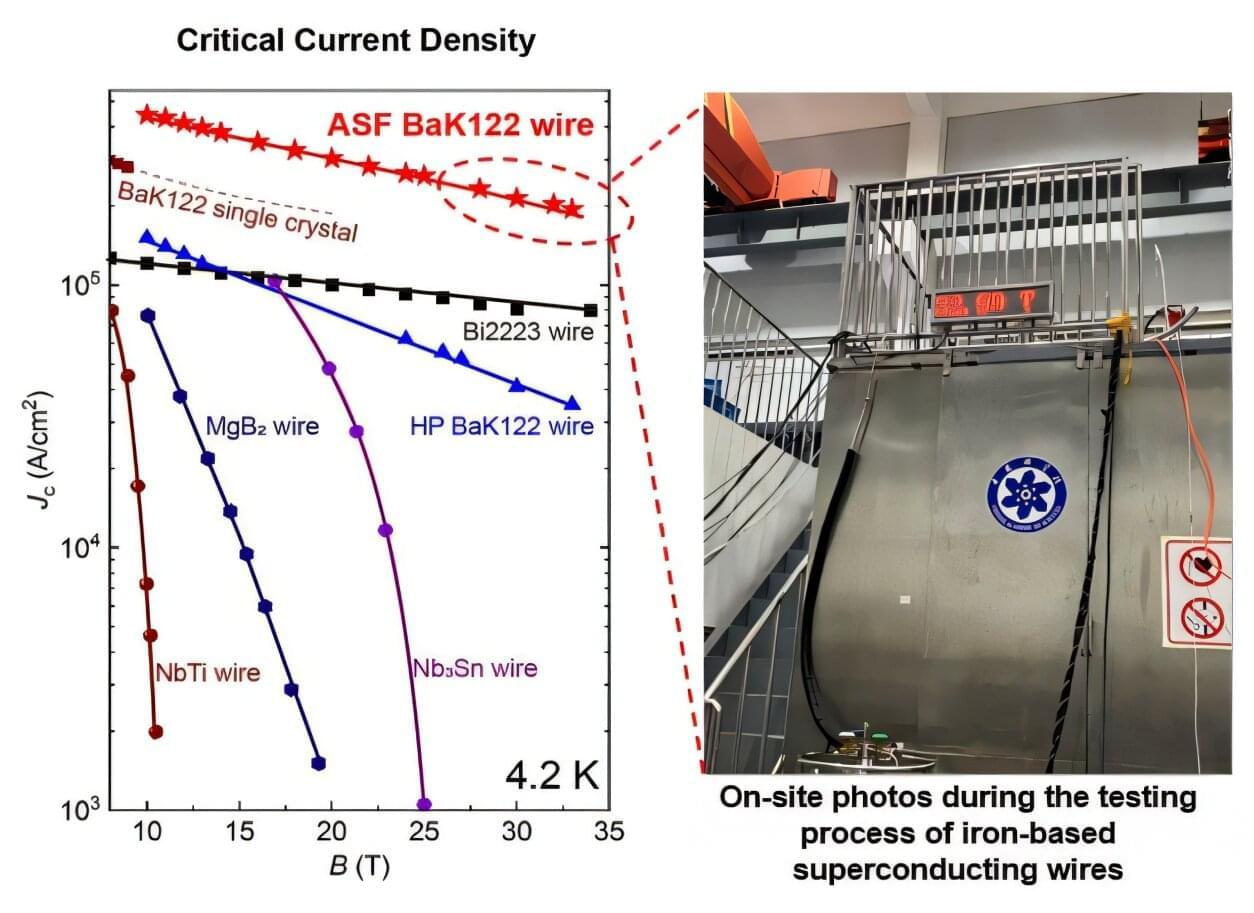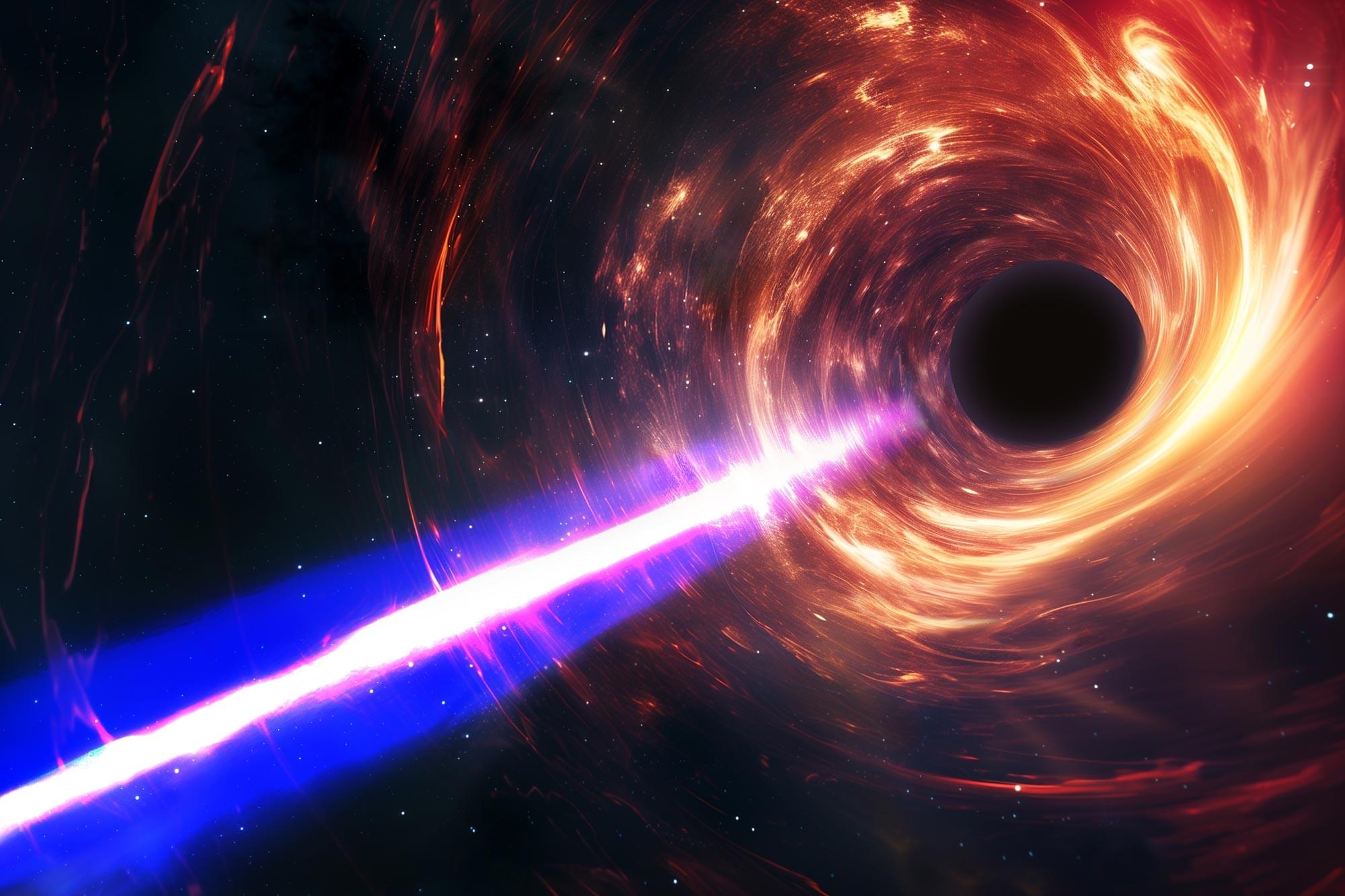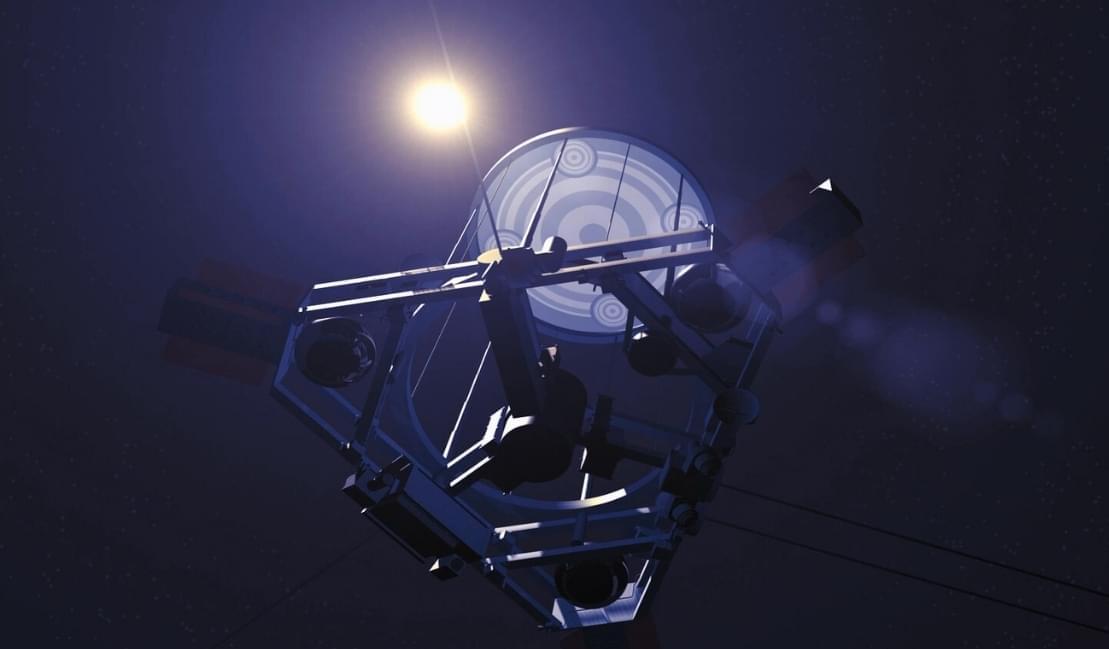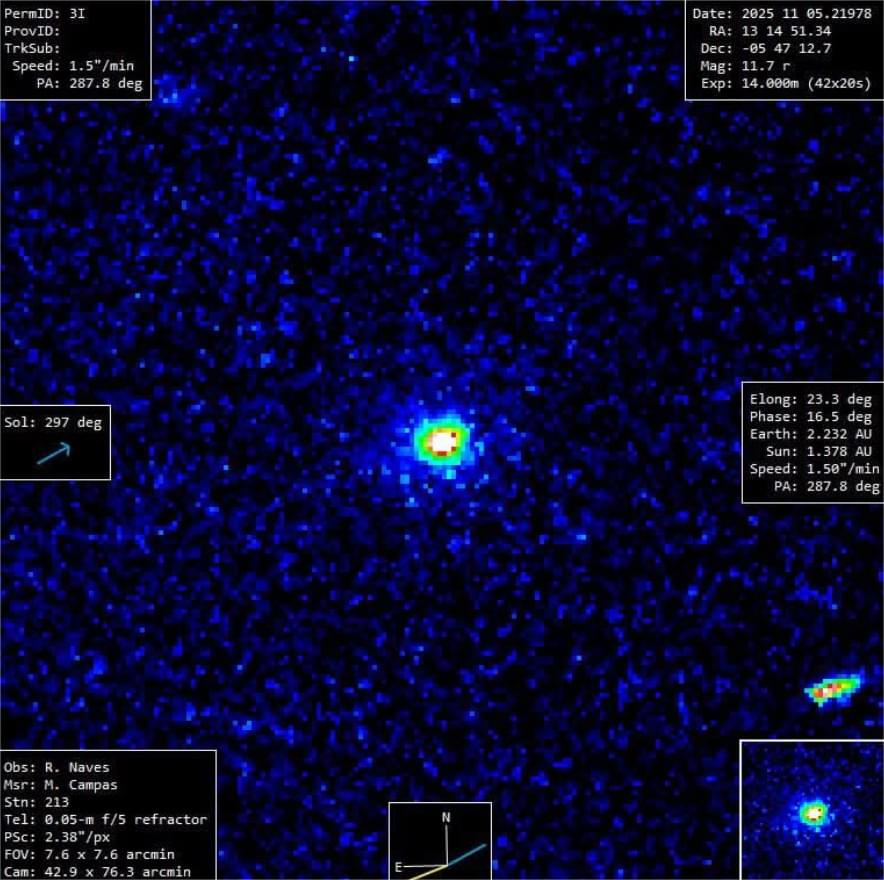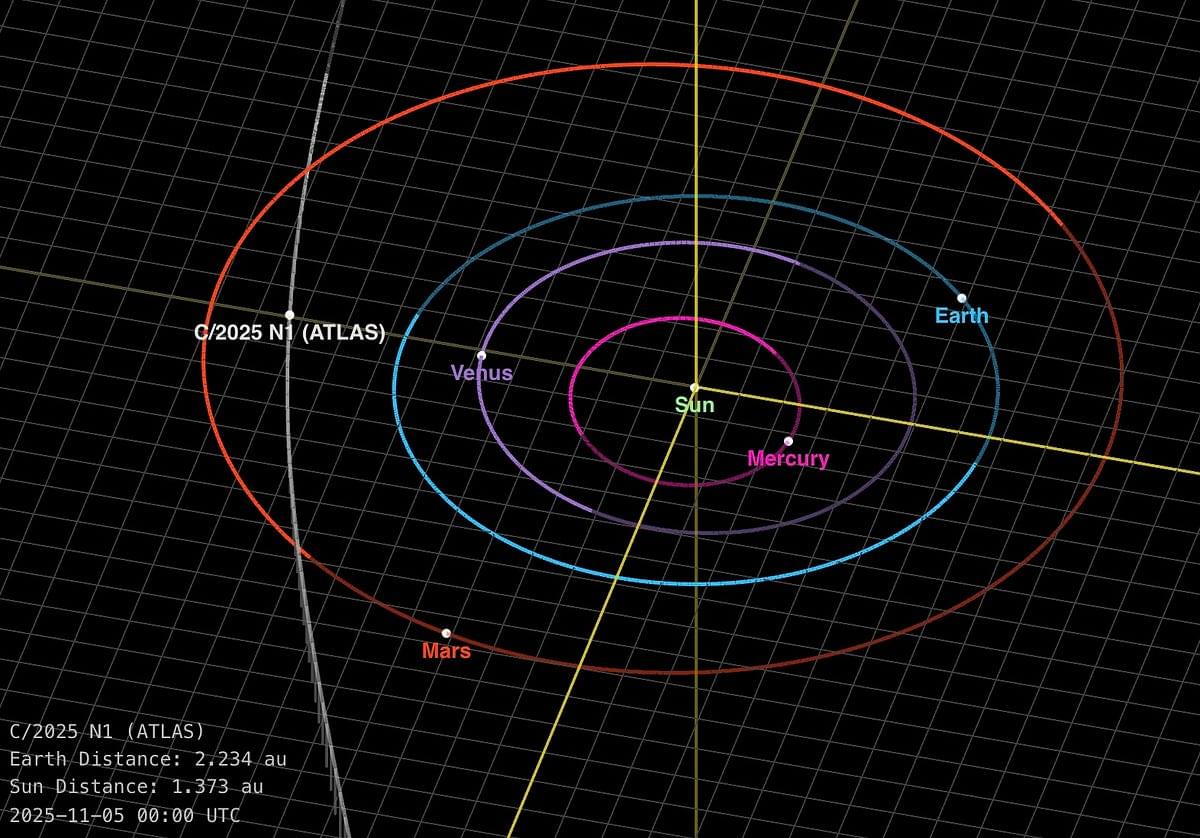From stirring milk in your coffee to fearsome typhoon gales, rotating turbulent flows are everywhere. Yet, these spinning currents are as scientifically complex as they are banal. Describing, modeling, and predicting turbulent flows have important implications across many fields, from weather forecasting to studying the formation of planets in the accretion disk of nascent stars.
Two formulations are at the heart of the study of turbulence: Kolmogorov’s universal framework for small-scale turbulence, which describes how energy propagates and dissipates through increasingly small eddies; and Taylor-Couette (TC) flows, which are very simple to create yet exhibit extremely complex behaviors, thereby setting the benchmark for the study of the fundamental characteristics of complex flows.
For the past many decades, a central contradiction between these potent formulations has plagued the field. Despite extensive experimental research and despite being found universal to almost all turbulent flows, Kolmogorov’s framework has apparently failed to apply to turbulent TC flows.

